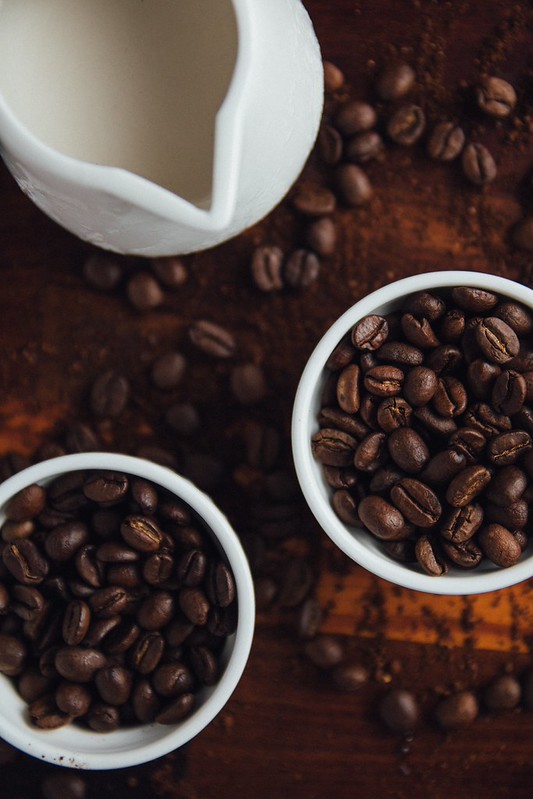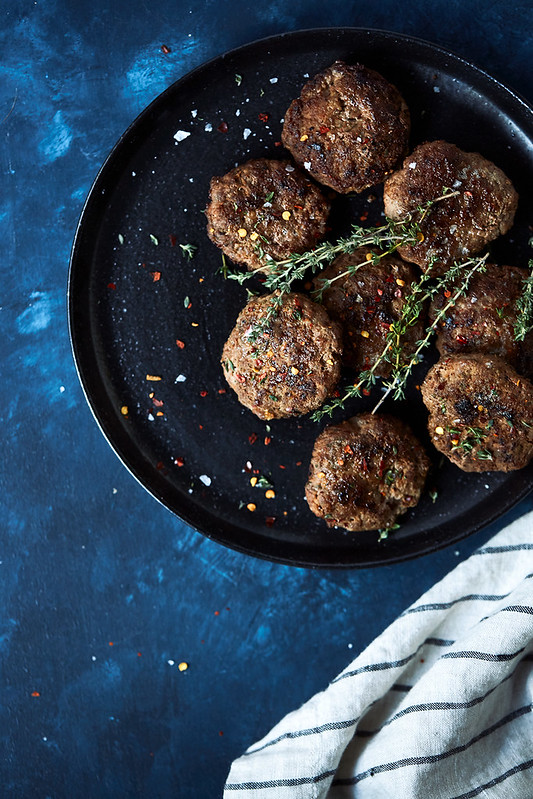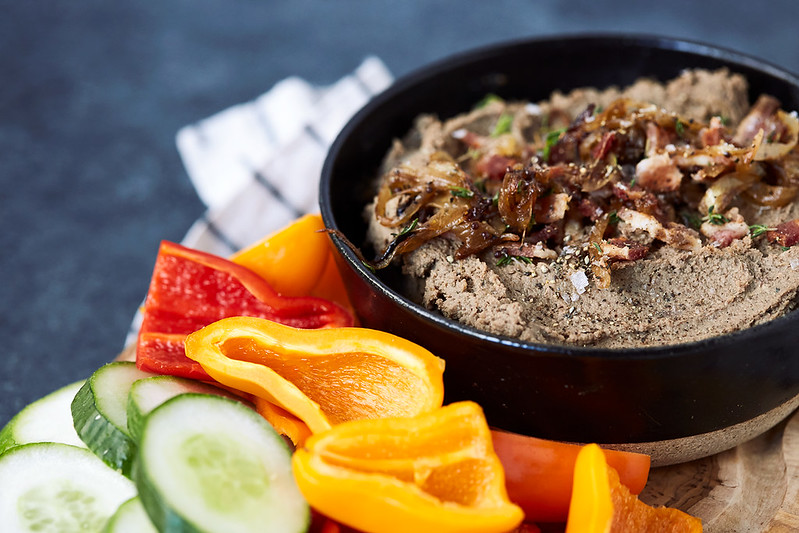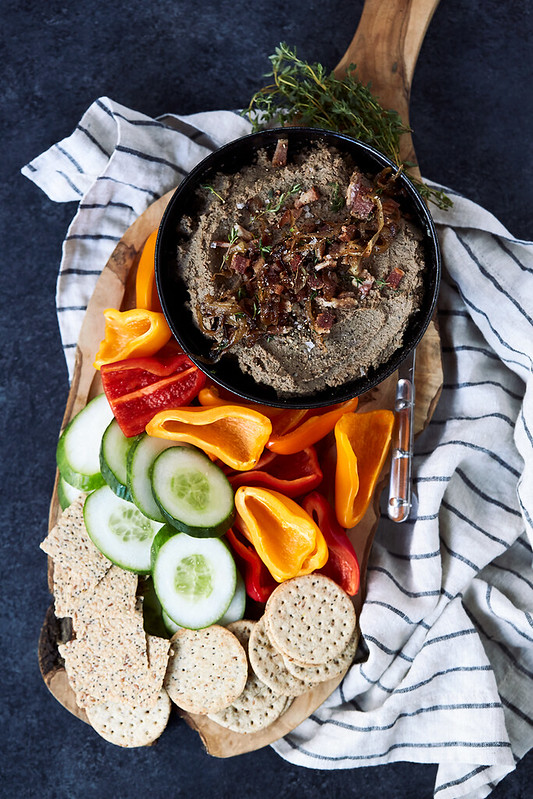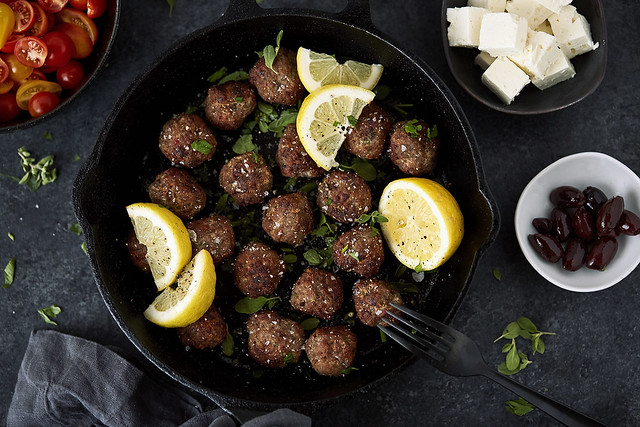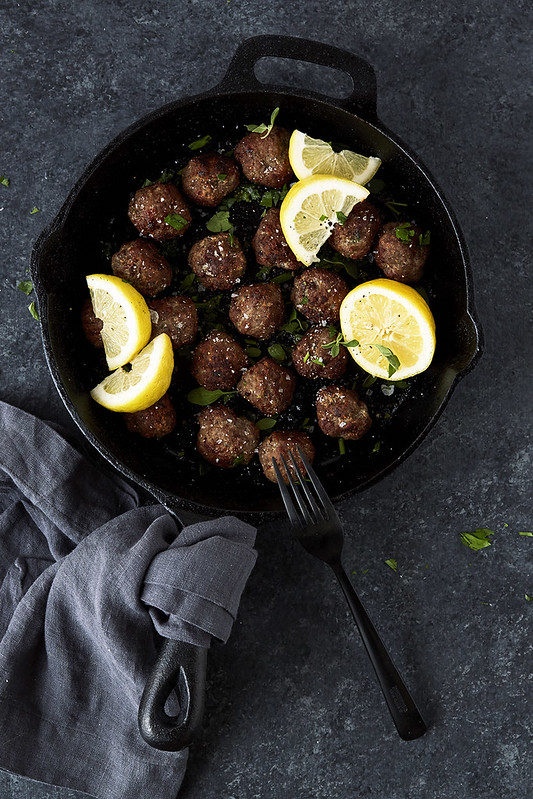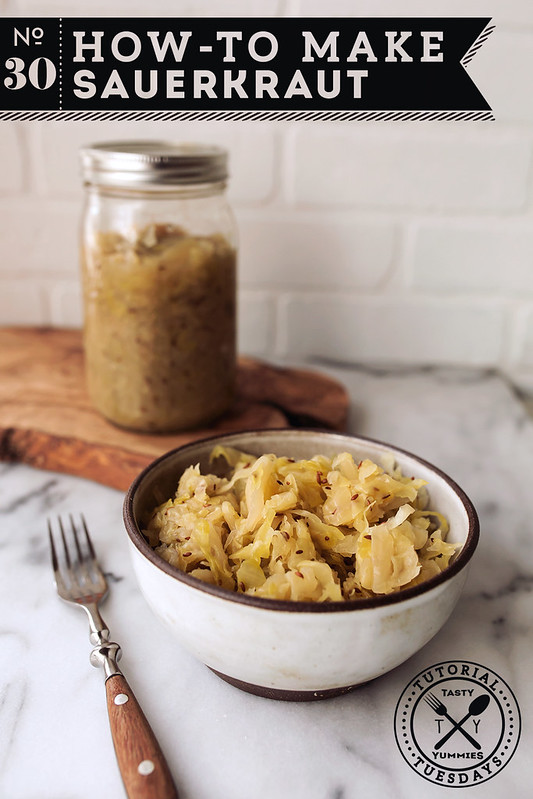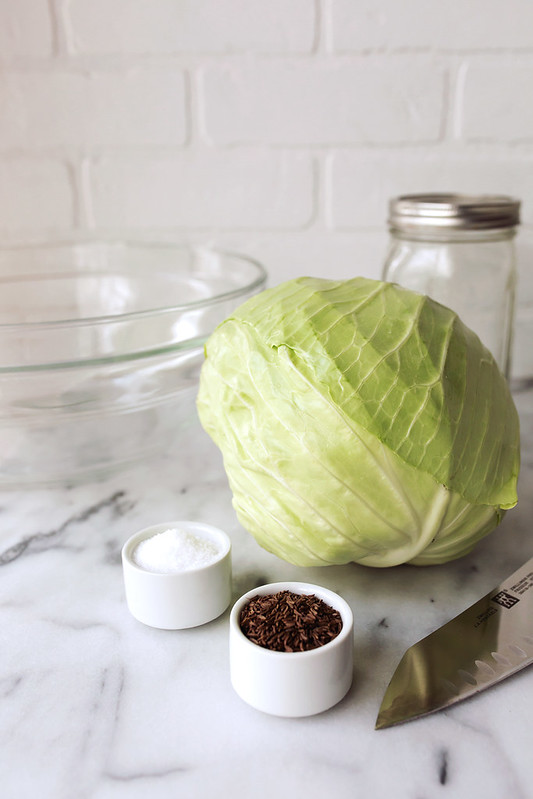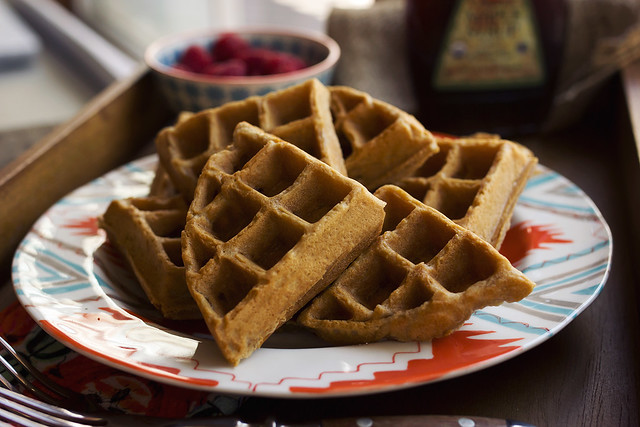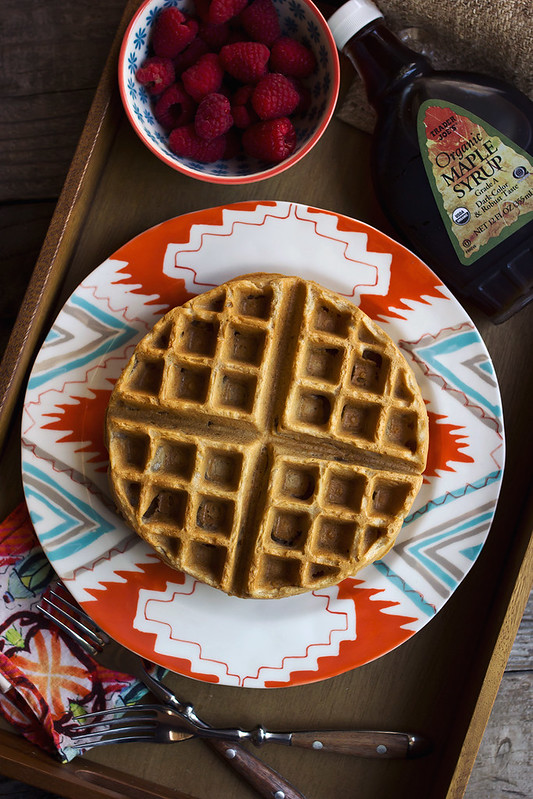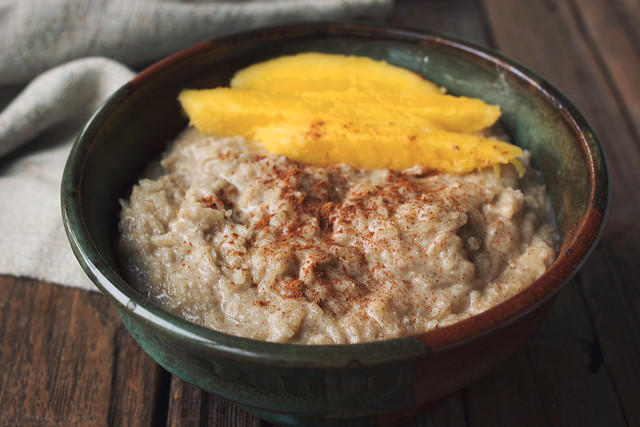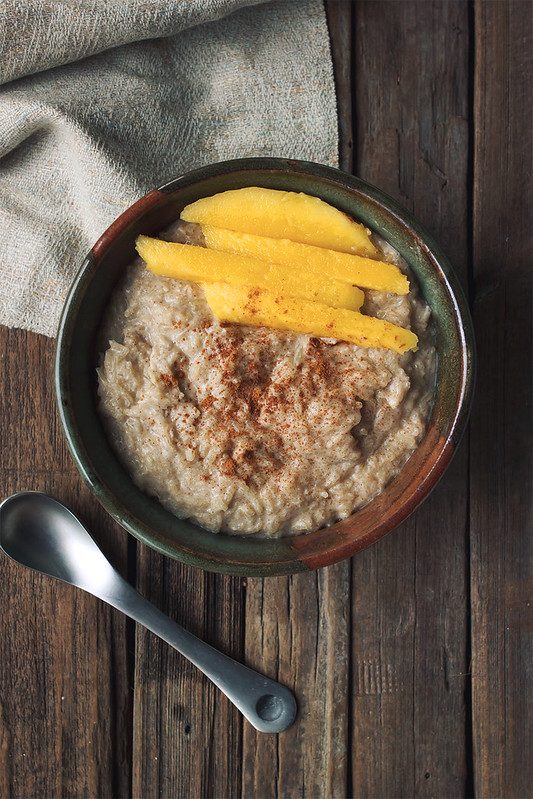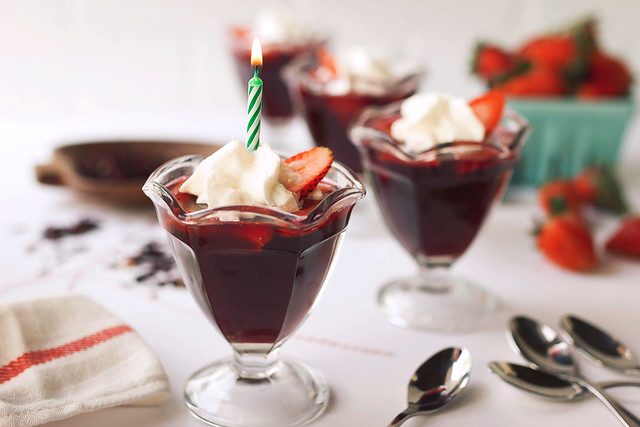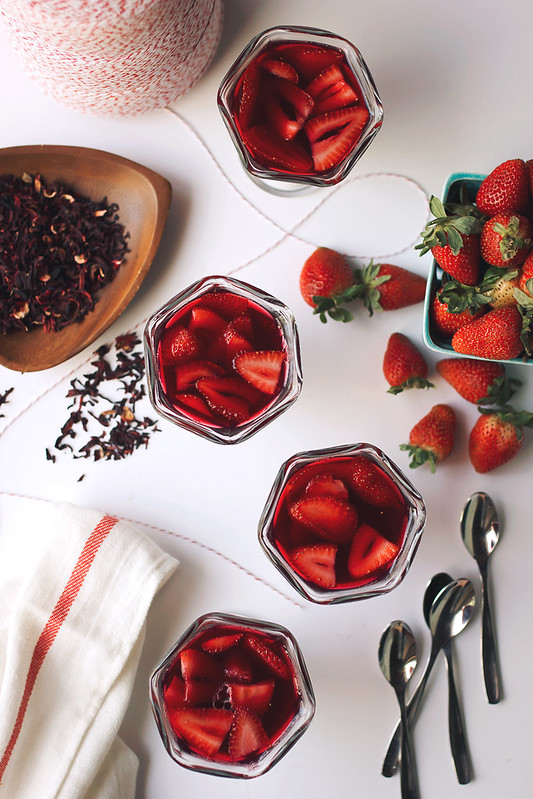-
What is Glyphosate? And What Does Glyphosate Residue Free Labeling Mean?
If you have paid any attention to health and wellness, nutrition and environmental impacts, you have likely heard the word “glyphosate” at this point. If you haven’t yet, let’s do a quick debriefing. Read on to get answers to your question: What is Glyphosate? Why you should care, plus learn what Glyphosate Residue Free Labeling really means.
What is Glyphosate?
Glyphosate is the number one herbicide and antibiotic used in the US; its use has skyrocketed over the last decade with the introduction of GMO crops. Glyphosate works as a broad spectrum systemic herbicide that kills weeds and is used as a desiccant. Glyphosate is used heavily in GMO Agriculture and in conventional growing (it’s sprayed on grains at harvest to desiccate them and make them easier to harvest and process i.e. oatmeal, grass grains, wheat), It is also used in home gardens and commercial parks, schools, etc. but is banned in organic agriculture.
A typical GMO crop gets many treatments of glyphosate over time (every few weeks through the summer). It needs to be continually applied to be effective. A growing number of countries are banning its use, as well as the promulgation of GMO crops. In 2015, 89% of corn, 94% of soybeans and 89% of cotton produced in the US were genetically modified to be herbicide-tolerant. 1https://www.ers.usda.gov/data-products/adoption-of-genetically-engineered-crops-in-the-us/recent-trends-in-ge-adoption.aspx
Despite multiple claims that glyphosate is safe, the World Health Organization has classified glyphosate as “probably carcinogenic in humans” and it is linked to lymphoma. Additionally, the California Environmental Protection Agency has added glyphosate to the Prop 65 list of carcinogenic chemicals and it is now identified as “known to the State of California to cause cancer.” Glyphosate may also be contributing to the Monarch Butterfly decline.
While the industry research miraculously touts glyphosate as “safe” and we can anticipate an ongoing scientific debate – for my taste, there is far too much research that says the contrary. As far as I am concerned, too much independent research points to it being unsafe and I am not willing to take the risk.
Why Should You Care About Glyphosate?
- Glyphosate is regularly found in our food and water 2https://detoxproject.org/glyphosate-in-food-water/. Even on non-GMO food, if it is grown in proximity of farms that use glyphosate, there is a chance that residue will still be present. Traces of glyphosate can be found in conventionally grown crops as well, because some farmers use glyphosate as a desiccant to dry out crops just 7 to 10 days before harvest, so the residue is present in the final food product as it goes to market.
- Numerous scientific studies conducted independently of the agricultural biotechnology industry have found that the toxic effects of glyphosate, even in small amounts, include disruption of hormonal systems and beneficial gut bacteria, damage to DNA, developmental and reproductive toxicity, birth defects, cancer, and neurotoxicity. 3https://detoxproject.org/glyphosate/how-safe-are-safe-levels-of-roundup/ 4Antoniou M, Habib MEM, Howard CV, et al. Teratogenic effects of glyphosate-based herbicides: Divergence of regulatory decisions from scientific evidence. J Env Anal Toxicol. 2012;S4:006. doi:10.4172/2161-0525.S4-006. 5Antoniou M, Habib M, Howard CV, et al. Roundup and Birth Defects: Is the Public Being Kept in the Dark? Earth Open Source; 2011. 6Vandenberg LN, Colborn T, Hayes TB, et al. Hormones and endocrine-disrupting chemicals: Low-dose effects and nonmonotonic dose responses. Endocr Rev. 2012;33(3):378-455. doi:10.1210/er.2011-1050. 7Séralini G-E, Clair E, Mesnage R, et al. Republished study: long-term toxicity of a Roundup herbicide and a Roundup-tolerant genetically modified maize. Environ Sci Eur. 2014;26(1):14. doi:10.1186/s12302-014-0014-5. 8Romano RM, Romano MA, Bernardi MM, Furtado PV, Oliveira CA. Prepubertal exposure to commercial formulation of the herbicide Glyphosate alters testosterone levels and testicular morphology. Arch Toxicol. 2010;84:309-317. 9Gasnier C, Dumont C, Benachour N, Clair E, Chagnon MC, Séralini GE. Glyphosate-based herbicides are toxic and endocrine disruptors in human cell lines. Toxicology. 2009;262:184-91. doi:10.1016/j.tox.2009.06.006.
- The way that we are growing and producing our food is destroying the top soil. Glyphosate is a patented antibiotic sprayed on the living structure, the plants and soil. The soil our food is grown in, much like us, has a delicate microbiome. The health of the soil directly affects the health of the food grown in it, which in turn affects our health. Being a broad spectrum antibiotic, glyphosate is used to kill weeds, but it is also destroying the microbiome of the soil. 10https://www.frontiersin.org/articles/10.3389/fenvs.2017.00034/full11http://news.cornell.edu/stories/2017/06/aristildeglyphosate
References
1. ↑ https://www.ers.usda.gov/data-products/adoption-of-genetically-engineered-crops-in-the-us/recent-trends-in-ge-adoption.aspx 2. ↑ https://detoxproject.org/glyphosate-in-food-water/ 3. ↑ https://detoxproject.org/glyphosate/how-safe-are-safe-levels-of-roundup/ 4. ↑ Antoniou M, Habib MEM, Howard CV, et al. Teratogenic effects of glyphosate-based herbicides: Divergence of regulatory decisions from scientific evidence. J Env Anal Toxicol. 2012;S4:006. doi:10.4172/2161-0525.S4-006. 5. ↑ Antoniou M, Habib M, Howard CV, et al. Roundup and Birth Defects: Is the Public Being Kept in the Dark? Earth Open Source; 2011. 6. ↑ Vandenberg LN, Colborn T, Hayes TB, et al. Hormones and endocrine-disrupting chemicals: Low-dose effects and nonmonotonic dose responses. Endocr Rev. 2012;33(3):378-455. doi:10.1210/er.2011-1050. 7. ↑ Séralini G-E, Clair E, Mesnage R, et al. Republished study: long-term toxicity of a Roundup herbicide and a Roundup-tolerant genetically modified maize. Environ Sci Eur. 2014;26(1):14. doi:10.1186/s12302-014-0014-5. 8. ↑ Romano RM, Romano MA, Bernardi MM, Furtado PV, Oliveira CA. Prepubertal exposure to commercial formulation of the herbicide Glyphosate alters testosterone levels and testicular morphology. Arch Toxicol. 2010;84:309-317. 9. ↑ Gasnier C, Dumont C, Benachour N, Clair E, Chagnon MC, Séralini GE. Glyphosate-based herbicides are toxic and endocrine disruptors in human cell lines. Toxicology. 2009;262:184-91. doi:10.1016/j.tox.2009.06.006. 10. ↑ https://www.frontiersin.org/articles/10.3389/fenvs.2017.00034/full 11. ↑ http://news.cornell.edu/stories/2017/06/aristildeglyphosate - Glyphosate is regularly found in our food and water 2https://detoxproject.org/glyphosate-in-food-water/. Even on non-GMO food, if it is grown in proximity of farms that use glyphosate, there is a chance that residue will still be present. Traces of glyphosate can be found in conventionally grown crops as well, because some farmers use glyphosate as a desiccant to dry out crops just 7 to 10 days before harvest, so the residue is present in the final food product as it goes to market.
-
The 14-Day Caffeine-Free Challenge // Reset Your Caffeine Tolerance
This 14-Day Caffeine-Free Challenge serves as an opportunity to break the caffeine addiction for good or as a temporary break to give your neurotransmitters a hard reboot. Consider it a reset to your caffeine tolerance.
The 14-Day Caffeine-Free Challenge // Reset Your Caffeine Tolerance
To simplify it, as your body becomes accustomed to consuming caffeine, you need to consume more and more of it to experience the same energy boost. Acting in a similar manner to anti-depressants, high doses of caffeine on a regular basis acts as central nervous system stimulant and can flood the brain with neurotransmitters, creating neurotransmitter resistance or long term receptor damage 18. Olekalns, N. (1996). Rational addiction to caffeine. Journal of Political Economy, 104(5), 1100.
Reasons to Take a Break From Caffeine and Reset Your Caffeine Tolerance:
- Caffeine no longer affects you the way that it once did
- You crave caffeine and NEED it to start your day or to get through the day
- Your daily caffeine consumption amounts are insane
- You are experiencing high levels of stress, anxiety, anxiousness or adrenal fatigue
- Your sleep health has been suffering
- It’s leading to health problems
- Doctors orders
How-to Beat the Coffee Addiction
The good news: to kick the caffeine habit, you really only need to get through about 7-12 days without drinking any caffeine. During that time, your brain will naturally decrease the number of adenosine receptors on each cell, responding to the sudden lack of caffeine ingestion. If you can make it that long without a cup of joe or a spot of tea, the levels of adenosine receptors in your brain reset to their baseline levels, and your dependence will be broken. 2https://www.smithsonianmag.com/science-nature/this-is-how-your-brain-becomes-addicted-to-caffeine-26861037/
You can certainly go cold turkey on cutting out caffeine for this 14-day challenge, but if you are a hardcore caffeine consumer, you may want to consider preparing by cutting back gradually and replacing your traditional caffeinated coffee with either half decaf or more gentler forms of caffeine, found in quality teas like green or black tea. I personally really LOVE a Matcha White Hot Chocolate as a gentler alternative to caffeinated coffee, such a treat.
How-to Take a Break from Caffeine and Reset Your Caffeine Tolerance:
References
1. ↑ 8. Olekalns, N. (1996). Rational addiction to caffeine. Journal of Political Economy, 104(5), 1100. 2. ↑ https://www.smithsonianmag.com/science-nature/this-is-how-your-brain-becomes-addicted-to-caffeine-26861037/ -
How-to Take a Break from Coffee (and Why You May Want to Consider It)
Are you feeling that afternoon slump and reaching for coffee or other caffeine to power through? Is your sleep inconsistent and often interrupted? Are you finding yourself needing more and more coffee to get through? Follow along to learn How-to Take a Break from Coffee and Why You May Want to Consider It.
How-to Take a Break from Coffee (and Why You May Want to Consider It)
I am not one of those die-hard, ride or die coffee drinkers who’s been at it every morning for many, many years. There was a very long time, during the middle of my healing journey that I wasn’t able to handle any coffee at all. Even a single cup would cause extreme jitters and serious feelings of anxiousness.
After I healed my gut, went through an extensive liver detox and rectified my adrenal fatigue, among many other things, I did a little experimenting and low and behold, me and coffee were friends once again. We would connect occasionally when I was craving it. Generally it was Boosted, as I found this lessened any jitters straight up black coffee might cause. Overtime I created my own Healthier French Vanilla Coffee Creamer for those folks in my life that wouldn’t give up the sketchy store-bought stuff. I learned to make my own cold brew at home and I even fell in love with a Mint Mojito Iced Coffee number and found myself adding it to keto granola. But, some time last year my occasional cup of coffee, only when it sounded good, turned into an every single morning thing. It became part of my morning routine and the ritual of it became as much a part of the craving (or more) as the caffeine itself.
Then my one 8 ounce cup of coffee in the morning turned into 12 ounces. Suddenly my life included the occasional afternoon coffee. Sometimes even an evening cup. This evolved into me craving coffee when I felt that afternoon slump hit and I would actually at times find myself smelling it, even when it wasn’t around because my brain was lusting after it so deeply to give me that boost. I was finding myself traveling and making plans for how I would get that perfect cup of coffee on the road.
It was fine. Because in my mind, coffee has so many wonderful health benefits and if a light caffeine reliance was the worst thing I had going for me, I would say I am doing pretty good in life. After all, at this point I have chosen to basically all processed foods and for the most part all grains, dairy, legumes, sugar, etc etc all to manage my health and autoimmune symptoms. Just let me have my dang coffee.
The Benefits of Coffee
Coffee has many brain-protective compounds and an abundance of antioxidants, polyphenols and bioactive compounds. Coffee contains vitamin C, magnesium, polyphenols, catechins, flavonoids, and chlorogenic acids. and it’s generally regarded quite favorably by recent research. 1https://www.ncbi.nlm.nih.gov/pubmed/26784461
References
-
Don’t Fear the Fat // The Basics
Why Are We Talking About Fat?
The reason I write this post, is that even though, for so many us, we have woke to this knowledge and have worked hard to reframe our approach to nutrition and no longer fearing the fat, we still have so much work to do. After many decades of low-fat propaganda, the “fat makes you fat” rhetoric is still so deeply ingrained in the collective psyche. Many people STILL greatly fear fat, even though study after study shows that fat is not only harmless 1http://ajcn.nutrition.org/content/early/2010/01/13/ajcn.2009.27725.abstract but that it is in fact, quite necessary to many important functions in the body. I myself see this fear weekly in my nutrition clients, all over the internet and in my social feeds, at the grocery store, at restaurants, at the gym, etc and of course, all of the many side effects of low fat eating – we HAVE to change this dialogue!!
The Basics
It is beyond challenging to decide where to even start on such a huge, huge topic. Chatting about dietary fat is a big undertaking and we are going to merely just scratch the surface with this initial post, decoding the myths and where the fat fearmongering began, along with the crucial reasons we need fat in our diet. So, let’s get to the basics.
First and foremost you need to know that fat is a necessity in our bodies. This vital macronutrient provides building blocks for the brain, hormone and cellular membranes throughout the body, it is essential for the absorption of fat-soluble vitamins like A, D, E and K and it is deeply hydrating!
By adequately increasing my healthy fat intake, more than any other change I have made in my lifestyle and diet, I have personally seen profound affects on my health, from my digestion to my skin including chronic hormonal and cystic acne, from my moods to my ability to concentrate, hormonal imbalances to libido (YUP!). Fat is a powerful anti-aging food, both internally and externally. Consumed as part of a healthful diet, fatty acids (the building blocks of fat) help stabilize blood sugar – allowing your body to release fat, protect it’s lean muscle, and surge with energy. When our focus is on creating meals that are rich not only in healthy fats, but also quality well-sourced proteins and fibrous green leafy veggies, we can thank especially the healthy fats for keeping us satiated. Staying satisfied for longer means so you won’t find yourself searching for the junky, processed snacks in between these healthy, whole food meals.
References
1. ↑ http://ajcn.nutrition.org/content/early/2010/01/13/ajcn.2009.27725.abstract -
How Stress, Energy and the Subtle Body Can All Play a Role in Your Healing
I’m very excited that as Tasty Yummies evolves in 2016 and a brand new website is on the horizon, to be bringing you more content, beyond food, to support your individual healing journeys. I hope you enjoy.

How Stress, Energy and the Subtle Body Can All Play a Role in Your Healing
Over this past year my ongoing healing journey has taken on many different faces and the path has very much evolved along the way. I have shared bits and pieces here on the blog, but so much of this past year was so up in the air and very changing, that most of the time this was something I chose to keep to myself.
Having been diagnosed with an autoimmune form of kidney disease late in 2014, my main goal in 2015 was to figure out what I needed to do to get this disease into remission. At the start of the journey, the biggest struggle for me to overcome, was the fact that I seemed to have no real outward or debilitating symptoms of the kidney disease, it was only discovered through a routine life insurance physical the year prior. However, after a brief time where my fear got the better of me and went the western medical route, including several rounds of varying pharmaceuticals, slowly this symptom-free girl found herself with a lot more issues. In turn, I had also found myself overcome by fear and feelings of helplessness.
As my state of mind shifted, so did my health. I began seeing a naturopathic doctor in January 2015 and we began the slow and arduous process of healing my body, first by approaching what could be (and for most people usually is) the underlying problem, my digestion. After the several rounds of prescriptions drugs for my kidneys, my gut was quite unhappy and the rest of my body also began suffering because of it. My naturopathic doctor suspected leaky gut, among other possibilities and this began the shift in my focus towards gut healing.
I spent the better part of the year trying out various protocols, elimination diets, supplements and so on. There were periods of great relief where I had felt better than I had in a very long time, as well as many stretches where I felt terrible, my body likely responding as it does, to the healing process. In the times of struggle it was hard for me to keep a positive mind. When I felt like I was doing absolutely everything I could, life began feeling limited because of the various protocols and plans I had committed to and my healing became, at times, at the center of my consciousness – my life truly felt like it was in a holding pattern because of it. I began to identify as someone being imperfect and I put things, goals, on hold until I “felt better”. It is inevitable that I hit my breaking point in the later part of last year.
STRESS
For me, the true realization that my healing goes beyond physical, began as I chose to honor myself more deeply and recognize unhealthy habits, that I was inadvertently choosing to ignore. My amazing naturopathic doctor often asked at the start of my appointments what my stress levels were and most times I exclaimed “Oh, me? I have no stress, I am good! Life is great”. I have news for you, just because you are positive person, if you choose not to acknowledge or dwell on stress or emotional distress, this doesn’t mean that it isn’t there doing harm, deep in the darkest depths of your soul. It’s there wreaking havoc, I can almost promise you. Ironically, the realization came for me during one of my school lessons in the Nutritional Therapy Program I am currently enrolled in. As we covered the digestion module, we talked at length about the need for our bodies to be in a parasympathetic state when eating. Our digestion works best when we are in a rest and restore/digest state vs the very common sympathetic fight or flight mode.
I realized how often I was actually eating meals under stress. While cleaning up the kitchen from a long day of recipe development, while reading, watching TV or standing over the kitchen counter cooking another recipe or some other unnecessary task that had my mind preoccupied. In doing so, my body wasn’t truly acknowledging, honoring or respecting the fuel I was feeding it. Even on a physical level, you chew less and quicker, swallowing larger bites and giving your digestion even more work. This for me, was step one in realizing that healing my body required so much more than taking a few supplements and changing my diet. Any healing protocol needs to be multi-layered approach, to be effective.
Just in this single realization alone, honoring the body’s need to be in a more relaxed state for proper function, I saw instant results in my digestion and I also began to acknowledge other areas of my life I was holding onto stress and other stagnant emotions. I am not saying this solved my underlying problems or cured me for good, but it was a small first step in a large overall problem and I was happy to see that a small change, could make such a large improvement. Stress can manifest itself in many different ways for all of us, but recognizing it’s presence, acknowledging the source and taking steps to lessen it, are vital in the healing journey.
ENERGY and THE SUBTLE BODY
As a yoga teacher, I was already very aware the roles that the subtle body plays in our health and vitality. Yoga, meditation, exercise, these have all played a big role over the years, in my choice for a more mindful lifestyle. All bringing a deeper awareness of the flow of subtle energies in and around the body, I have always honored the role that these subtle energies play into my health and vitality. If we can look to our life force energy as a source for our overall balance, health or ease, then we can assume it’s lack is the cause of imbalance, illness or dis-ease.






